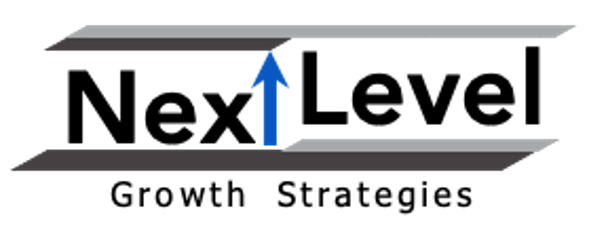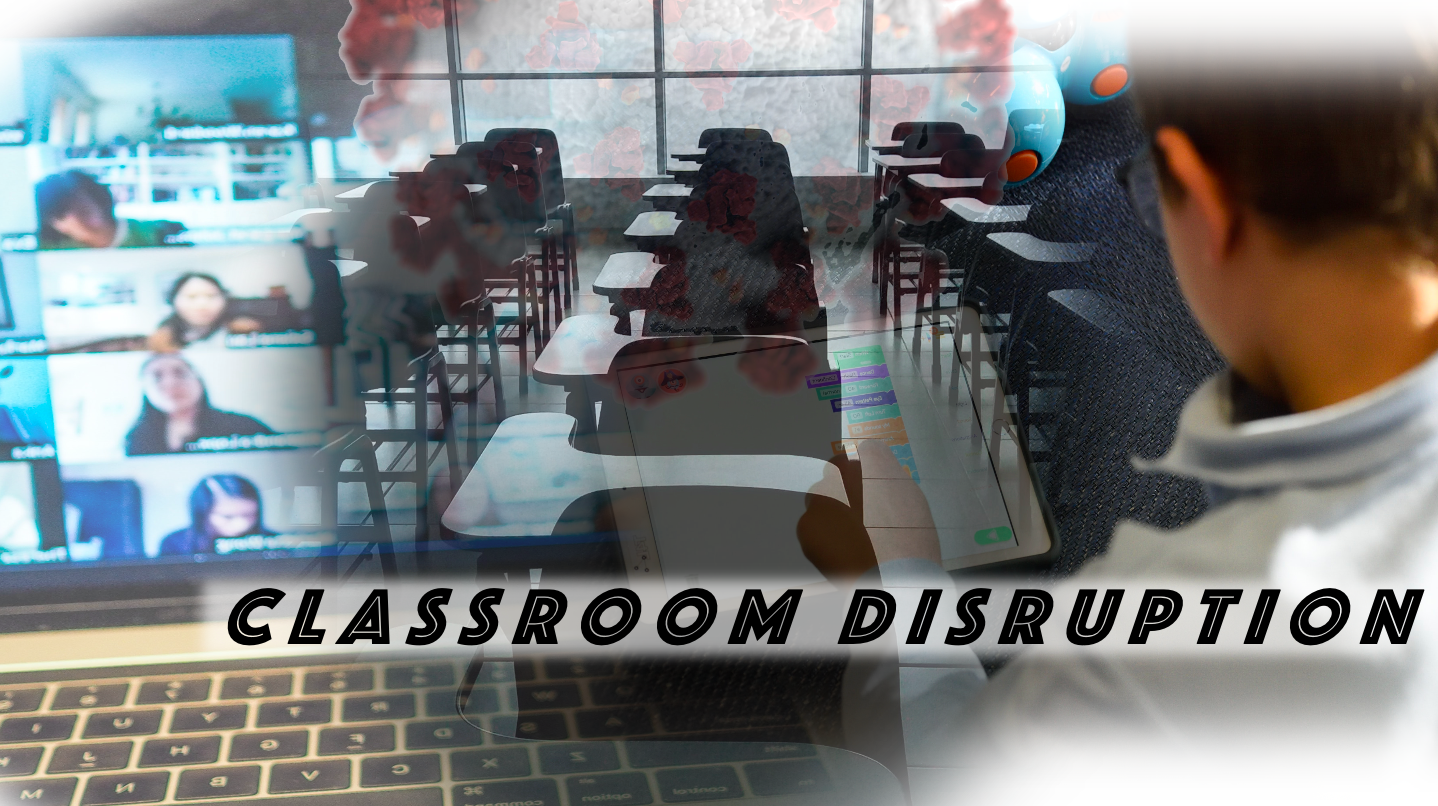My good friends with KidSay recently conducted research with US K-12 students, their parents and teachers, and published some of their findings this week related to how this spring’s Coronavirus pandemic affected education and kids’ lives. Coronavirus and Kids: The Impact on Education, The Digital Divide, and Kids’ Lives.
In mid-March, the proverbial light-switch for in-person teaching was turned off overnight, forcing everyone in the education and learning ecosystem to scramble in order to maintain some continuity, and try to keep kids’ school year on track. And if you have children at home, you are well aware that this this scramble wasn’t problem-free.
The challenges students, parents, teachers, and administrators faced were numerous and widespread. However, wherever there are challenges, there are always significant opportunities for innovation!
If you know me, or if you’ve read any of my articles, you know I love data, great analysis and juicy insights. These are the foundational ingredients for innovation and bringing new value to the market. And this new research from KidSay presents an array of facts and insights that will undoubtedly be a catalyst for a ton of new innovations in the education and learning ecosystem.
I’m not going to summarize the findings from the KidSay report – trust me, it’s worth reading for yourself – but rather, I think it is important to highlight some of the implications and consider who might have an interest in solving some of the challenges they identify.
So What? Who Cares? What Difference Does it Make?
Early in my career, I had one of those bosses who was more than a boss. He was a terrific leader, mentor and eventually became a great friend. In one of my first meetings with him I was sharing some hot-off-the-press research results my team had just wrapped up. I wasn’t more than a few pages into the report when he stopped me and said “Look, here’s what I need you to do. I need you to answer three questions for me every time you bring me new research – So What? Who Cares? And, What Difference Does it Make? From what I can tell, you’ve brought me a bunch of So What. But you need to connect the rest of the dots for me. Got it?” And just like that, our meeting ended; and a new meeting was scheduled for a few days later.
I walked back to my office after our shortened meeting thinking to myself that everything he wanted was in this deck already, he just didn’t let me get to all of it. But as I sat down to re-review our team’s work, I started applying the So What, Who Cares, and What Difference Does it Make lens, and began to realize that unless you had lived and breathed all of the analysis that went in to pulling this report together, the Who Cares and What Difference Does it Make didn’t just jump right out at you. What he was telling me was to make it easier for him to know why he should care about it, and what if anything he should do as a result of being armed him with all of these “so whats.”
My aha from that, and subsequent meetings where I was sharing data, analysis, and insights was that my product (research and findings) was an important ingredient for affecting change. And if I wanted to be more effective, I needed to help people understand why they should care and what (if anything) they should do about it – and not dump a bunch of data in their lap and make them figure it out on their own.
The KidSay research is chock full of exceptional “So Whats”, and in my opinion, the implications are broad reaching with respect to who all should care, and the array of things they might do in order to make a difference. As you read through the KidSay research, you will undoubtedly identify all sorts of people who do or should care, as well as come up with a huge list of things that can / could be done to make a difference; that is, innovate to solve some of the challenges this research points out.
I’ve poured over the KidSay research a few times now, and each time I read it I identify additional people / roles / industries who should care. And, I keep coming up with even more things that could potentially be done to make a difference – without pressure testing feasibility nor viability of my ideas.
Let me share with you my two cents worth in terms of “Who Cares” and “What Difference Does it Make.”
Who Cares
If you in any way, shape, or form touch anything related to education and learning, this research is absolutely something you need to pay attention to, and spend some time figuring out how best to leverage it.
Below is a working list of roles, organizations, and industries I feel should care about the implications of the KidSay research – and it’s very likely there are more that I haven’t even considered.
- Educators / Academics
- School Administrators / Boards
- Educational Material Developers / Creators / Providers
- Healthcare (and mental health) providers and officials
- Lawmakers / Policy Makers
- Networks (CBS / NBC / ABC / FOX, etc…)
- Internet Providers
- Wireless Network Providers
- Hardware / Device Manufacturers
- Communications Platform Providers (e.g., Zoom, etc)
- Game / App Makers
- Anyone who consults with or advises any of the above
What Difference Does it Make
The KidSay research clearly lays out a ton of challenges kids, their parents, teachers, schools, and school districts struggled with for the last half of the spring semester. And depending upon how things unfold throughout the summer, it’s possible or probable that some, or many of these will still be challenges when the 2020-2021 school year gets underway in a couple of months. As the KidSay team points out, some aspects of distance learning are likely here to stay – and their research clearly shows that this is an area that still has a lot of room for improvement.
The “What Difference Does it Make” depends on which side of this nested solution equation you sit on. That is, are you receiving, employing, or creating the solution(s) for the challenges that have been identified. For example, you care:
- If you are a student, because we’re talking about having a better learning / educational experience as well as improved emotional, mental, and physical wellbeing.
- If you are an educator, because we’re talking about improving your ability to teach effectively under distance learning conditions.
- If you are a provider of educational materials/content, or an organization that has a role in enabling distance learning, because we’re talking about some serious revenue and profit potential.
What we’re really talking about when we’re framing up “what difference does it make” is innovation and value creation. And in my experience, successful (new value creating) innovations seldom result from blindly chasing cool ideas, but rather employing a repeatable process for identifying and solving problems that uniquely fulfill unmet or underserved needs.
Something I always stress in the innovation process is refraining from “solution jumping.” That is, simply pursing the first idea (potential solution) without fully exploring as many ideas as possible. The reason for this is that it has been shown that the best (most valuable) ideas are often not the first ideas.
The KidSay report details dozens of unmet and underserved needs – that is, areas that can benefit from innovation. And, if you are a stakeholder in the educational ecosystem, it will be up to you to come up with some possible solutions, test them for viability and eventually implement and fully scale the winning products, services, and processes.
So, without going through every insight from the KidSay research, and refraining from sharing potential solutions I admittedly jumped to, let me provide some additional food for thought – on the house – to get your creative juices flowing, and hopefully kickstart your innovation process.
Insight 1 – Not all kids / teachers / schools had access to the technology needed to participate in / benefit from distance learning. The “digital divide” is very real; and it’s a very real problem.
Implication – If / When the next significant crisis occurs; or if distance learning continues for the foreseeable future, all kids / teachers / schools need to have the technology (devices, connectivity, and platforms) they need to learn and teach.
Questions to consider for innovations:
1) How might we increase the likelihood that everyone in the learning eco-system has the minimum technology needed to ensure a quality distance learning experience?
2) How do we increase the likelihood that everyone in the learning eco-system knows how to fully use all of the required distance learning enabling technologies?
Insight 2 – Educators do not feel Distance Learning is an adequate replacement for In-Person Instruction
- Inability to pick up visual or audible cues that signal a child might be struggling with a topic or concept
- Inability to pick up visual or audible cues that students aren’t focusing or are distracted
Implication – This one’s pretty obvious – if instruction (or the ability to teach) isn’t as effective in a Distance Learning setting, some students will not receive the same level of instructional benefits (education) they would ordinarily receive in a traditional, in-person setting.
Questions to consider for innovations:
1) How might we minimize the likelihood that an instructor is unable to determine if a student is struggling with instruction?
2) How might we minimize the likelihood that a child struggles to comprehend instruction via distance learning?
3) How might we minimize the likelihood that an instructor is unable to determine if a student is distracted or not focusing on instruction?
4) How might we minimize the likelihood that a child is distracted or isn’t focusing on instruction via distance learning?
I’ve only highlighted just a couple of the dozens of insights from the KidSay research and only put forward a half a dozen questions that could be solved in thousands of different ways. But as I read and reread their research, I came up with hundreds of questions and I suspect you will be able to do the same.
It is my sincerest hope that people take the KidSay research to heart, begin to innovate and come up with ways to provide our children with the best education possible. I have no doubt that their insights will lead to changes in policies, processes, and funding. I also have no doubt that some of the challenges pointed out by the KidSay team will the catalyst for new billion-dollar businesses and/or products and ultimately lead to a higher quality of education and learning experience.
So What – The COVID-19 pandemic created dozens of challenges for students, parents, teachers, and administrators that need to be solved.
Who cares – Well frankly all of us should care because these are our kids, our nieces and nephews, and our grandchildren. And if you have any role in the education and learning ecosystem, I’m betting you already care – a lot!
What Difference Does it Make – Simply put, the kids who had their lives disrupted and were abruptly forced to finish their spring semester via distance learning are our future. The quality of our future is a direct function of the quality of the education these kids receive. And I don’t know about you, but I’m hopeful that some of these kids will find ways to prevent society from having to go through another one of these traumatic global pandemic shutdowns.


Leave a Reply